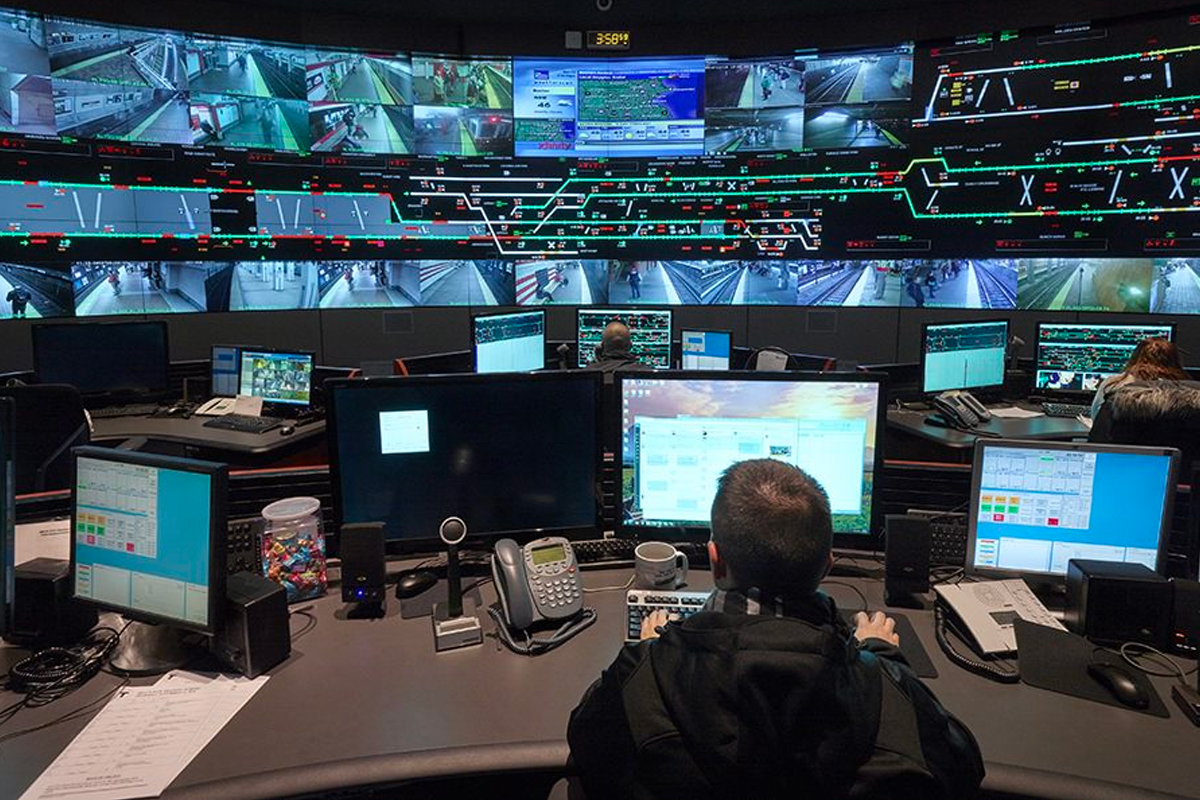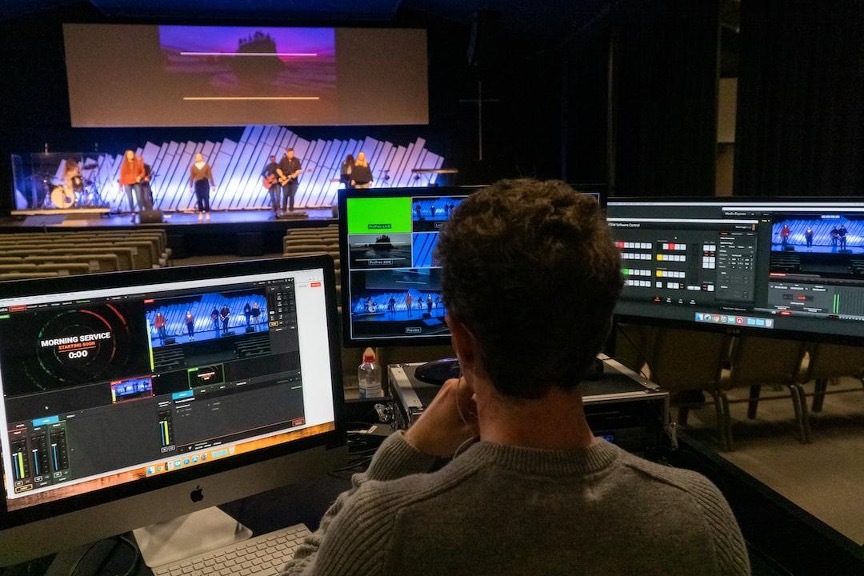
How to Design Your Own Corporate Broadcast TV
In today’s world, companies recognize the value of captivating content for engaging their audiences. This understanding has led them to invest in in-house broadcast production studios.
These studios grant organizations full control over their creative content while saving money on outsourcing to third-party production companies. According to a survey by the Content Marketing Institute, 55% of marketers reported using in-house production studios for producing videos.
The advantages of having an in-house broadcast studio extend beyond cost savings
They also encompass quicker turnaround times, brand consistency, and quality control. As the demand for high-quality content increases, corporations will continue investing in their own in-house broadcast studios.
However, assembling a successful recording studio necessitates attention to several crucial aspects, such as location, equipment, staff, and design
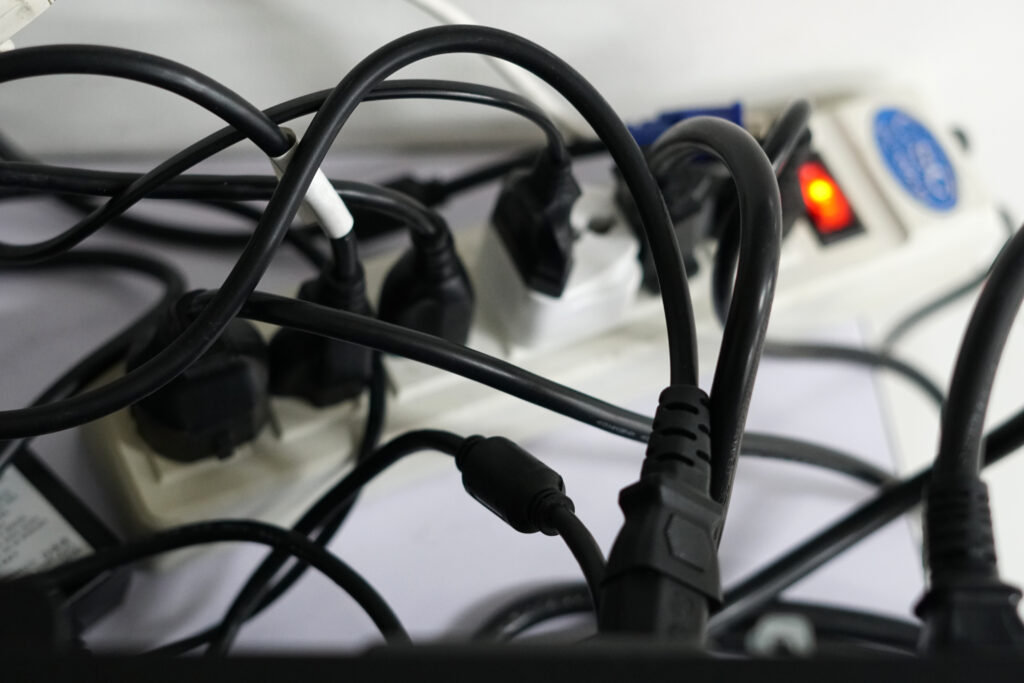
A Winning Formula for Building a Thriving Corporate Broadcast Studio
To build a thriving corporate TV studio, companies must choose the right location, high-quality equipment, skilled personnel, and design the studio with aesthetics and acoustics in mind. Here are the steps to consider:
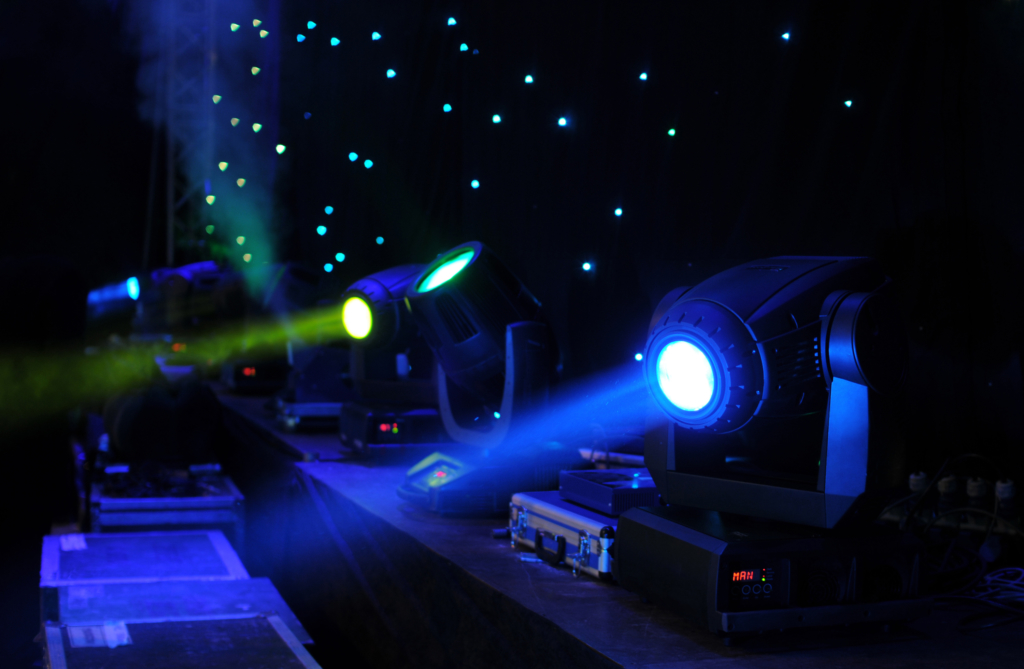
Setting the Stage: Location
First, companies need to establish the intended use of the studio and the type of content they wish to produce. This will help pinpoint requirements such as size, soundproofing, and lighting for the space. Additionally, choose a location that is easily accessible for staff and clients.
If clients will be visiting the studio, consider public transportation, parking, and proximity to airports. It’s crucial to construct a studio in a quiet location to minimize distractions and noise levels. Avoid busy streets or construction sites. Companies can also install acoustic panels to further reduce noise.
Furthermore, the location should be safe and secure with access control and surveillance systems. It should also be flexible enough to accommodate a company’s staff, clients, cameras, lighting, sound equipment, and various types of production sets.
Enhancing Production Value: Premium Equipment
Next, determine the specific equipment required, such as cameras, lighting, editing software, and audio mixers for the intended production. Compare different models, brands, and prices to identify which equipment offers the best value for the company’s budget.
Choose premium quality and features to ensure the final product is of a high standard and appealing to the audience. As the studio will grow in the future, consider investing in equipment that can be upgraded.
Additionally, implement a plan that includes warranties, backup equipment, and service contracts for equipment maintenance, repair, or replacement to minimize downtime.

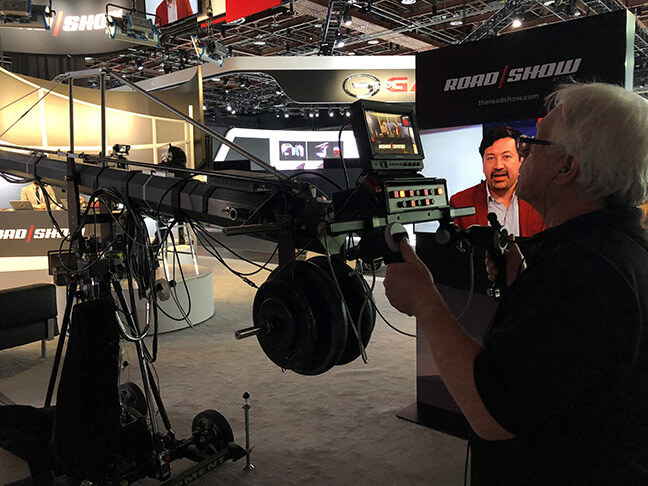
Ensuring Broadcasting Success: Skilled Personnel
When hiring camera operators, producers, directors, and sound engineers for a corporate studio, it’s essential to consider the specific skills and experience required for each role. Look for professionals with a proven track record of technical proficiency, communication skills, and creativity within the broadcast industry.
Evaluating applicants’ references, relevant experience, and portfolios will be invaluable during the selection process. Companies can also opt to hire freelancers or contractors for specialized roles, such as post-production specialists or editors, to access expertise and reduce in-house costs.
Moreover, offer training and support to new staff members to acquaint them with the corporate studio’s processes and equipment. This ensures that all personnel work efficiently and effectively. Cultivate a positive work environment that encourages creativity, innovation, and collaboration to attract and retain skilled professionals.
Creating an Engaging Studio Design
Determine the intended purpose and type of content your studio needs to produce to facilitate the design process. Assess the room’s acoustics, including size, sound absorption, and reflection, which significantly influence audio quality.
Selecting the appropriate equipment for the room’s acoustics is also crucial. This may involve choosing microphones, speakers, soundproofing, or other materials. Additionally, consider the impact of lighting on the studio’s overall aesthetics and select lighting that provides a comfortable work environment for the staff.
Enhance the studio’s appearance by choosing pieces that reflect the brand’s aesthetic. Furthermore, design the studio to optimize staff workflow by considering equipment placement, room size, and personnel movement.
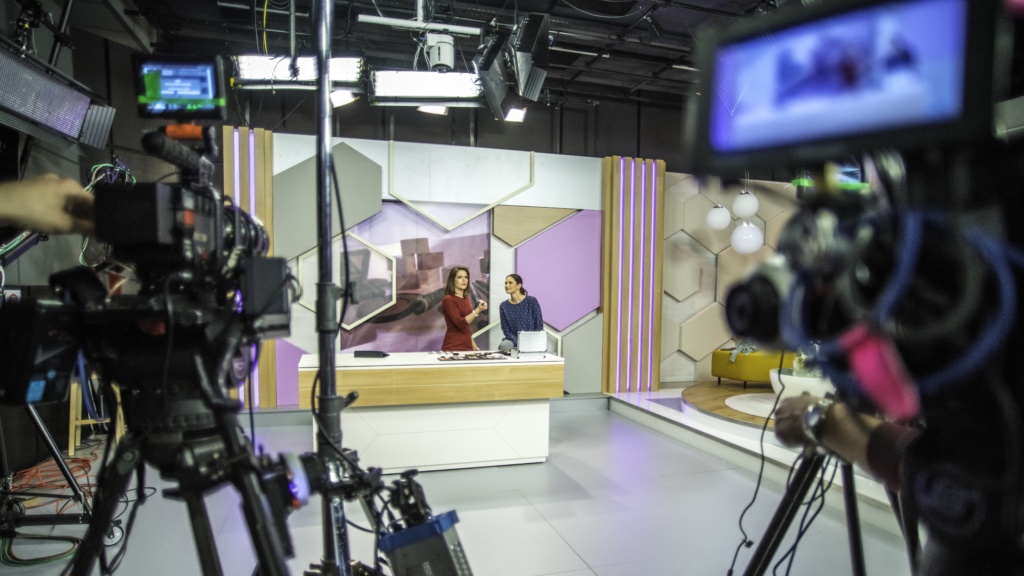
Investing in an in-house broadcast studio can significantly benefit a company by enhancing its overall brand and content quality. CTI offers comprehensive design, installation, and integration of broadcast systems technologies for studios. With our expertise and commitment to quality, we help businesses achieve their broadcast objectives and stand out in their respective industries. Visit CTI.com to learn more about our services.
Talk to Us About Your Project
Call Us Now!
Too busy to chat right now?
Send us a message.
Talk to Us About Your Project
Call Us Now!
Too busy to chat right now?
Send us a message.



